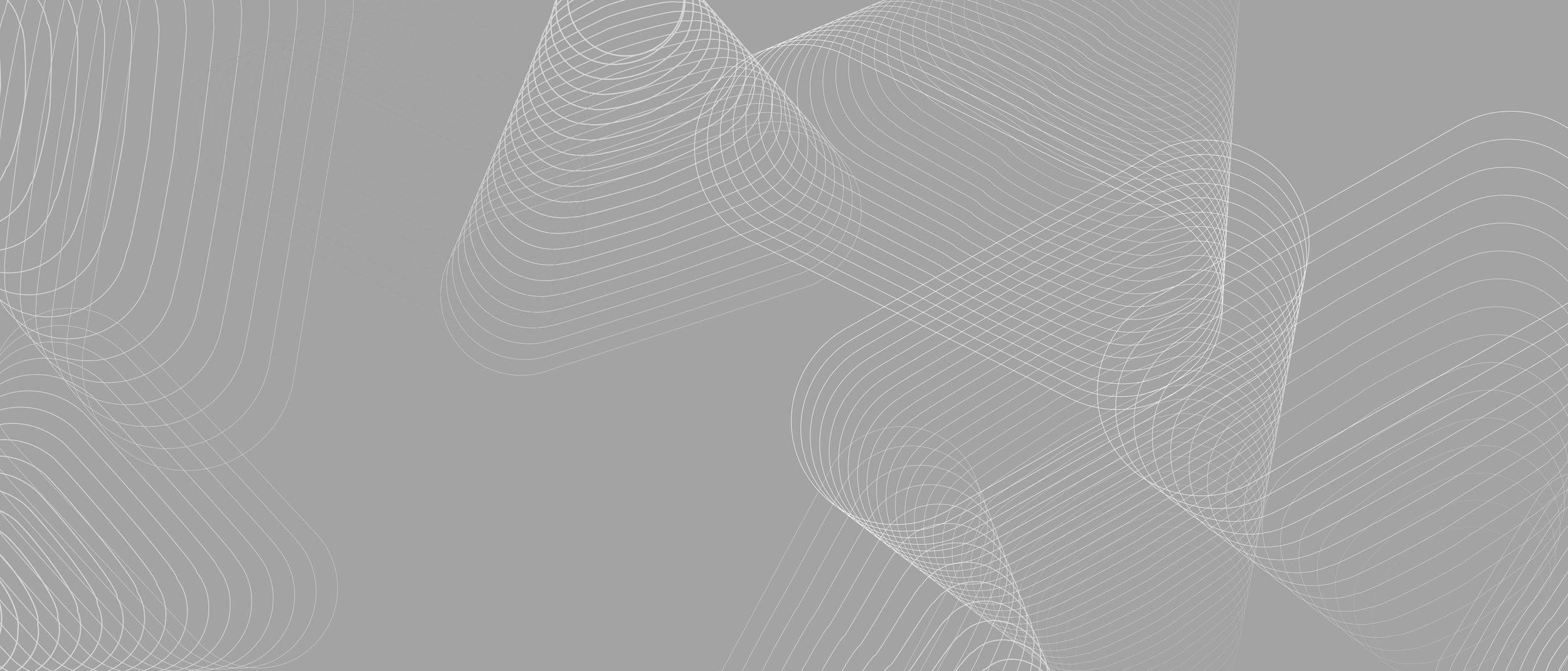
Restoring Function. Embracing Life.
Posterior Labral Tear Repair
Dr Bryan Wang
Consultant Orthopaedic Surgeon
Trusted Orthopaedic Surgeon | Fellowship-trained in Canada | With over 20-years of experience
Posterior Labral Tear Repair
A posterior labral tear is tear of the back (posterior) rim of the glenoid labrum, often from contact sports, bench press, a fall on an outstretched hand (FOOSH Injury), or seizures. A similar condition called Reverse Bankart lesion is a tear of the back-bottom (posterior–inferior) part of the glenoid labrum.
Both of these posterior labral tears can cause deep pain at the back of the shoulder, posterior instability (the ball of the humerus slips backward), clicking, and a sense that the shoulder might “slide out” during bench press, push-ups, tackles, or seizures/electric shock injuries.
Diagnosis consists of specialist examination, MRI arthrogram and/or CT scan. The treatment ranges from targeted physiotherapy to arthroscopic posterior labral (Reverse Bankart) repair, with bone repair procedures considered if there is glenoid bone loss.
What is a Posterior Labral Tear?
The shoulder’s glenoid labrum is a tough cartilage rim that deepens the socket and anchors the capsulolabral complex. Posterior labral tears commonly occur due to repetitive bench pressing, recurrent heavy weightlifting, contact impact, or a sudden posterior force. The shoulder may feel as if it wants to “slide out” backwards. This pattern can occur alone, or alongside other injuries such as a Reverse Bankart lesion (where there is a tear of the posterior-inferior labrum) or in anterior injuries like Bankart, bony Bankart, and Hill-Sachs (more typical with anterior dislocations).
Want the full overview of labral injuries? See our pillar page: Shoulder Labral Tears & Instability
Symptoms At a Glance
Patients with shoulder instability from posterior dislocation may present with the following symptoms:
Deep posterior shoulder pain often aggravated during pressing/pushing (bench press, push-ups)
Clicking, catching, or a sense the shoulder might slip backwards
Reduced power and endurance in overhead or horizontal press motions
Apprehension with the arm pushed forward across the body or in a loaded push position
Occasional subluxations or a “clunk” that self-reduces
Night discomfort lying on the affected side
When to Seek Urgent Care?
You might need to seek urgent care under a shoulder specialist or in the Accident and Emergency Department if there is:
A first-time dislocation (front or back) with visible deformity
Numbness/tingling, weakness, or a cold/pale limb after an episode
Severe pain and inability to move the arm after trauma (possible fracture/dislocation)
Posterior Labral Tear Treatment
How do Diagnose a Posterior Labral Tear?
Many patients who sustain a posterior shoulder dislocation may also sustain a Reverse Bankart lesion. The following procedures may help in diagnosing a Posterior Labral Tear and/or a Reverse Bankart Lesion.
History Taking & Examination by Our Specialist
Your sports shoulder specialist will take a
sports and injury history (contact sport, bench press, seizures) and
perform targeted test posterior apprehension/relocation manoeuvres,
load-and-shift, O’Brien test
other labral provocation manoeuvres (to assess for concomitant superior labrum involvement/SLAP)
Diagnostics and imaging
X-rays to screen for fractures and alignment.
MRI or MRI arthrogram to visualise the posterior labrum, capsule, and any concurrent lesions. Arthrogram improves visibility of the labrum and capsulolabral complex.
Where glenoid bone loss is suspected, advanced imaging helps surgical planning.
What are my Treatment Options for a Posterior Labral Tear?
Most patients start with non-surgical care; surgery is considered when symptoms persist, or performance goals require it.
Posterior Labral Tear Conservative Treatment (non-surgical) - often preferred
Physiotherapy/rehabilitation: scapular control, rotator-cuff endurance, posterior shoulder flexibility, proprioception, and kinetic-chain optimisation.
Technique & load modification: especially for bench press/push patterns; progress under guidance.
Short course of analgesia as advised; selective image-guided injections can aid pain control during rehab.
It is important to note that many recreational athletes improve with structured rehab.
Posterior Labral Tear Surgical Treatment:
Surgery is considered for persistent symptoms, recurrent instability, high-demand sport, or when imaging shows structural risk factors.
Typical Approach
Scenario
Arthroscopic posterior labral (Reverse Bankart) repair ± capsular plication
Symptomatic Reverse Bankart without bone loss
Consider posterior bone-block/graft procedure
Posterior labral tear with significant posterior bone loss
Combined stabilisation (e.g., posterior repair + address anterior injury; Remplissage/Latarjet if indicated for anterior lesions)
Combined anterior + posterior pathology
Quick Comparison of the Common Shoulder Lesions
Common Associated Injury
Posterior Labral Tear
Where is the tear?
Typical Mechanism
Reverse Bankart
Posterior-inferior labrum
Posterior dislocation/subluxation
Posterior bone loss possible
Bankart
Anteroinferior labrum
Anterior dislocation
Hill-Sachs, Bony Bankart
SLAP Tear
Back of labrum
Superior labrum at biceps anchor
Pressing/contact, posterior force, seizures
Overhead sport/traction
Posterior laxity; may coexist with reverse Bankart
Biceps symptoms, top-labrum pain

Why choose Beacon Orthopaedics?
Leading Shoulder & Sports Injury Specialist
Your care is led by Dr Bryan Wang, a fellowship-trained Shoulder & Elbow and Sports Injury specialist (Pan Am Clinic, Canada) and former Senior Consultant at Changi General Hospital. He also teaches at NUS, NTU, and Duke-NUS, and is a member of AAOS, ISAKOS, and the Canadian Shoulder & Elbow Society.
Athlete-Centred Treatment
From professional athletes to weekend warriors, Dr Wang tailors’ treatment plans to ensure a safe, effective return to sport. His evidence-based approach helps restore shoulder strength and stability after a SLAP tear.
One-Stop Clinic
Enjoy comprehensive care under one roof — including same-week imaging (X-ray, MRI), on-site or partner physiotherapy, and clear recovery milestones for a seamless return to work or sport.
Minimally Invasive Approach
Dr Wang believes in a keyhole-first (arthroscopic) approach whenever suitable. Using advanced arthroscopic shoulder repair techniques, he aims for smaller incisions, less pain, and faster recovery — helping patients return to their active lifestyles sooner.
Ready To Get Confident with Your Shoulder Again?
If you’re experiencing recurrent shoulder dislocations, pain after overhead activity, or suspect a labral tear, book an appointment with Beacon Orthopaedics, Singapore.
Early, accurate diagnosis and a structured plan can get you back to work, sport, and daily life with confidence.


